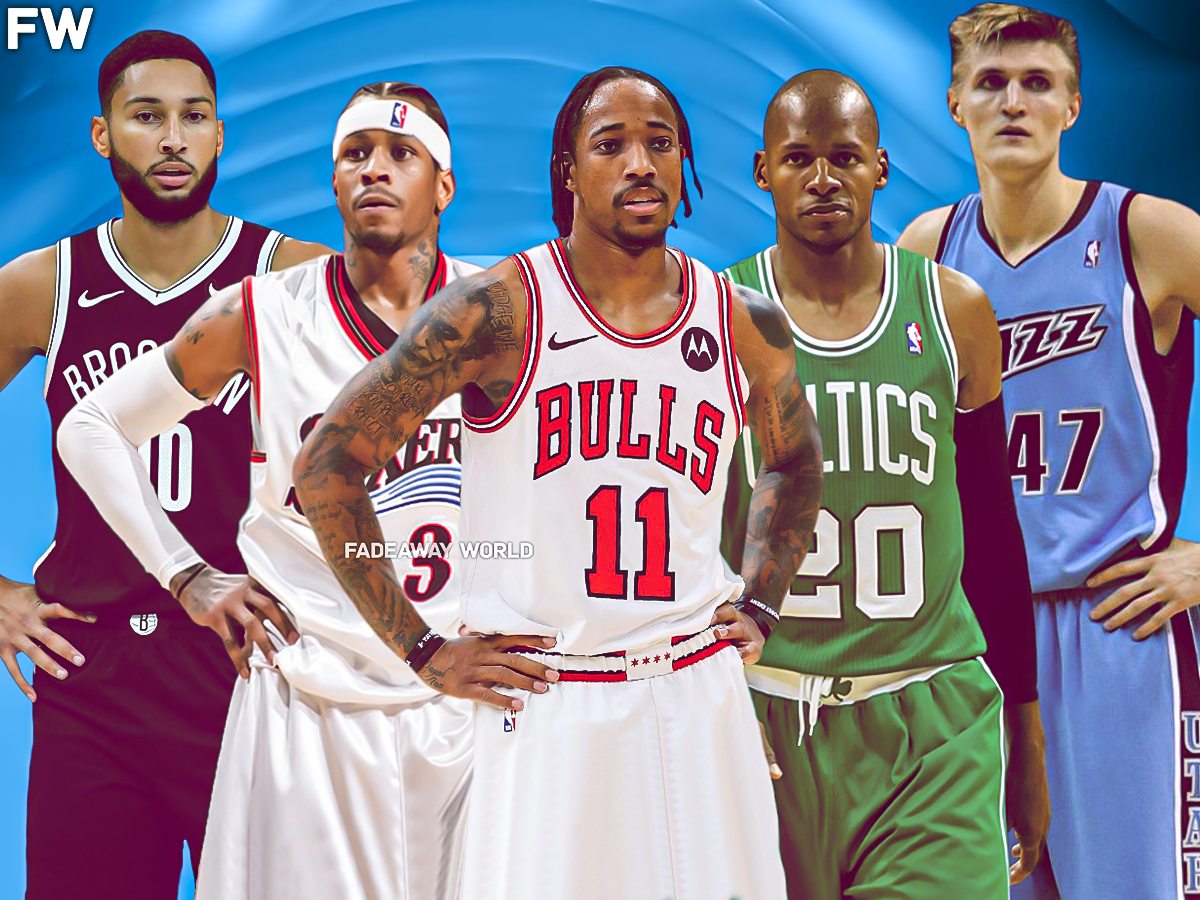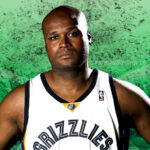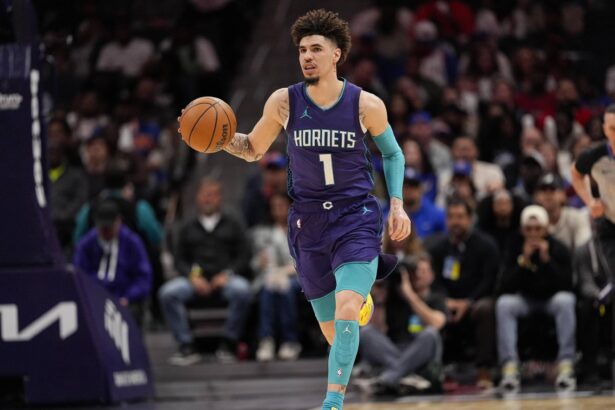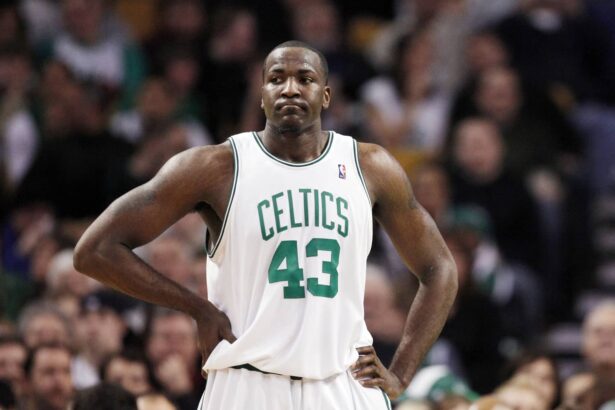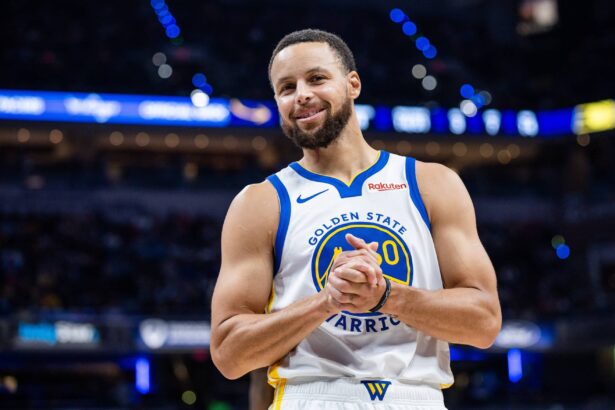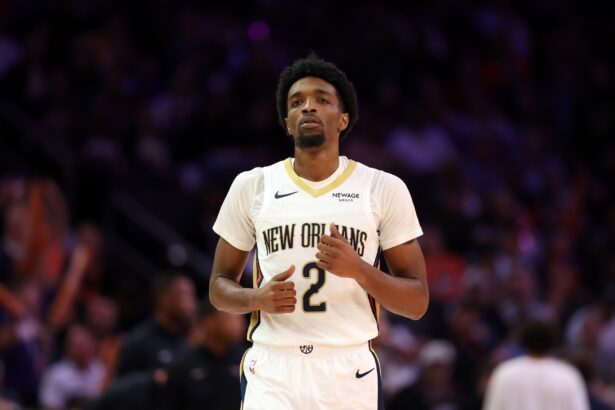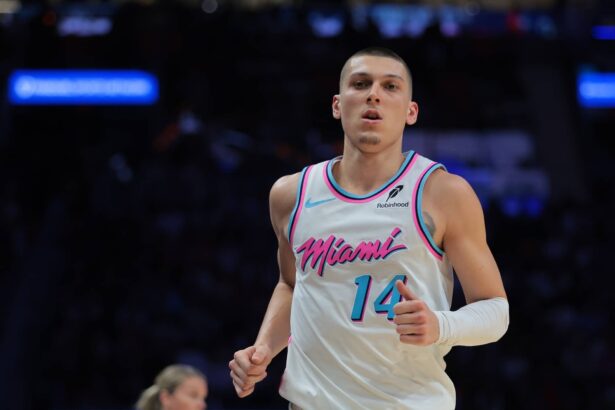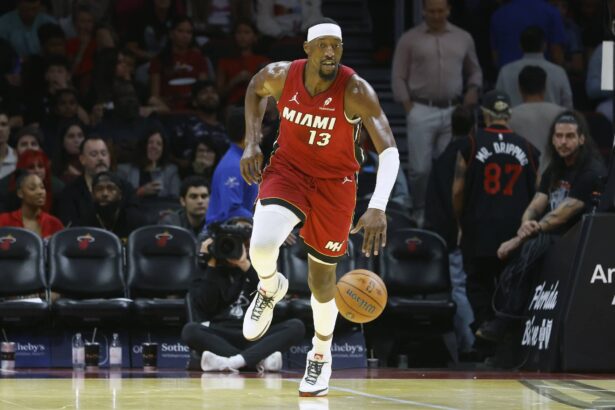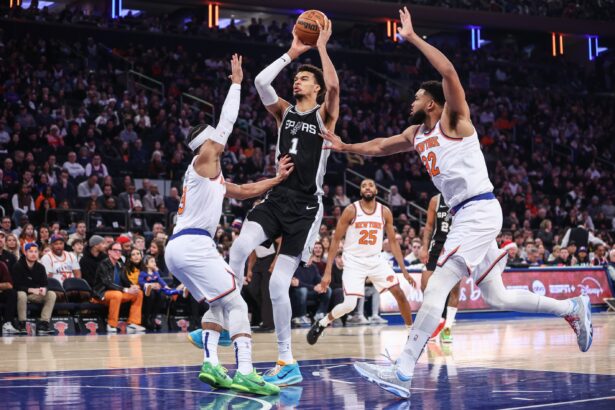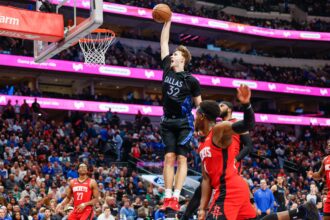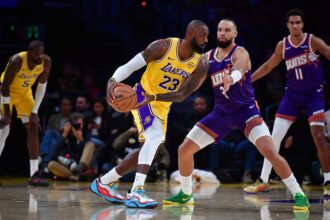In the ever-evolving world of NBA basketball, some players seem like they were born to play the game, no matter the era. They possess skills and talents that transcend time, making them legends in their own right. From sharpshooters to defensive wizards, these players would excel no matter when they graced the hardwood.
Let’s take a trip through basketball history and uncover 10 NBA players who would’ve been stars in any era. Whether it’s the flashy dribbling of Allen Iverson or the lockdown defense of Bill Russell, each player on this list embodies the essence of greatness, proving that some things are just timeless in the world of basketball.
1. DeMar DeRozan
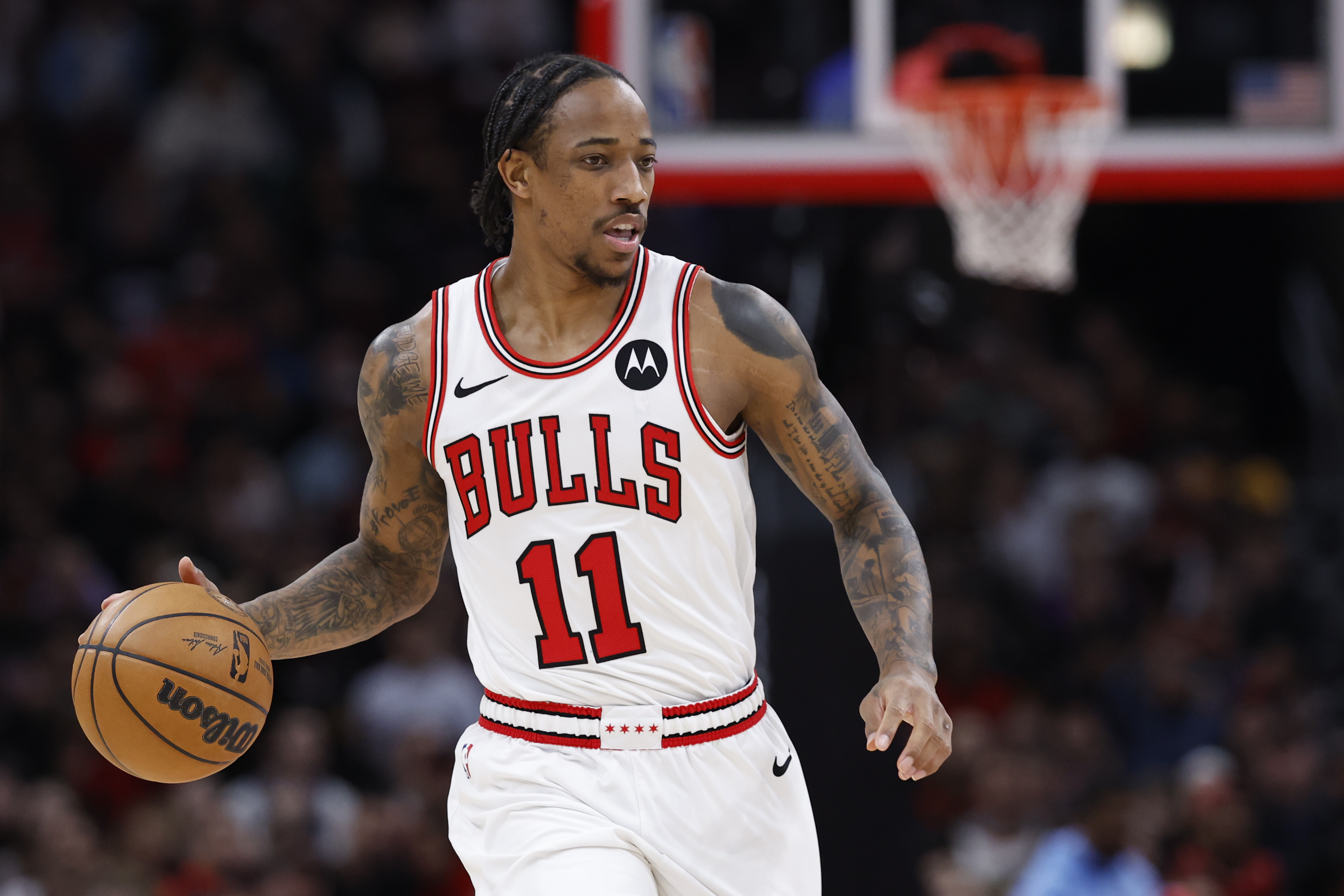
Played From 2009 to Present
Perfect Era: 1980s – 1990s
DeMar DeRozan’s game is a throwback to an era where the mid-range jumper was king, and isolation basketball was an art form. In today’s NBA, dominated by three-point shooting and fast-paced offenses, DeRozan’s reliance on the mid-range game might seem out of place. However, his proficiency in that area would have been highly prized in the days of the 1980s and 1990s when teams relied heavily on the mid-range shot for scoring.
Standing at 6’6″, DeRozan possesses the size, strength, and footwork reminiscent of the great wing scorers of the past. His ability to create space and knock down shots from the mid-range and around the basket mirrors the playing style of legends like Michael Jordan and Kobe Bryant.
DeRozan’s game isn’t just about scoring; it’s about mastering the nuances of the mid-range game, understanding how to use screens, pump fakes, and jab steps to get the best look possible. While the analytics-driven NBA of today might undervalue the mid-range shot, DeRozan’s skill in this area sets him apart. His commitment to perfecting this aspect of his game speaks to a bygone era where mastering the fundamentals was paramount.
Throughout his career, DeRozan has consistently put up impressive numbers, averaging 20.0 points, 4.4 rebounds, 3.8 assists, 1.0 steals, and 0.3 blocks per game. His dedication to the mid-range game has earned him recognition as one of the league’s premier scorers, with multiple All-Star selections and All-NBA Team honors to his name. Despite the evolution of the NBA game, DeMar DeRozan’s throwback style remains a testament to the enduring value of the mid-range jumper in basketball.
2. Allen Iverson
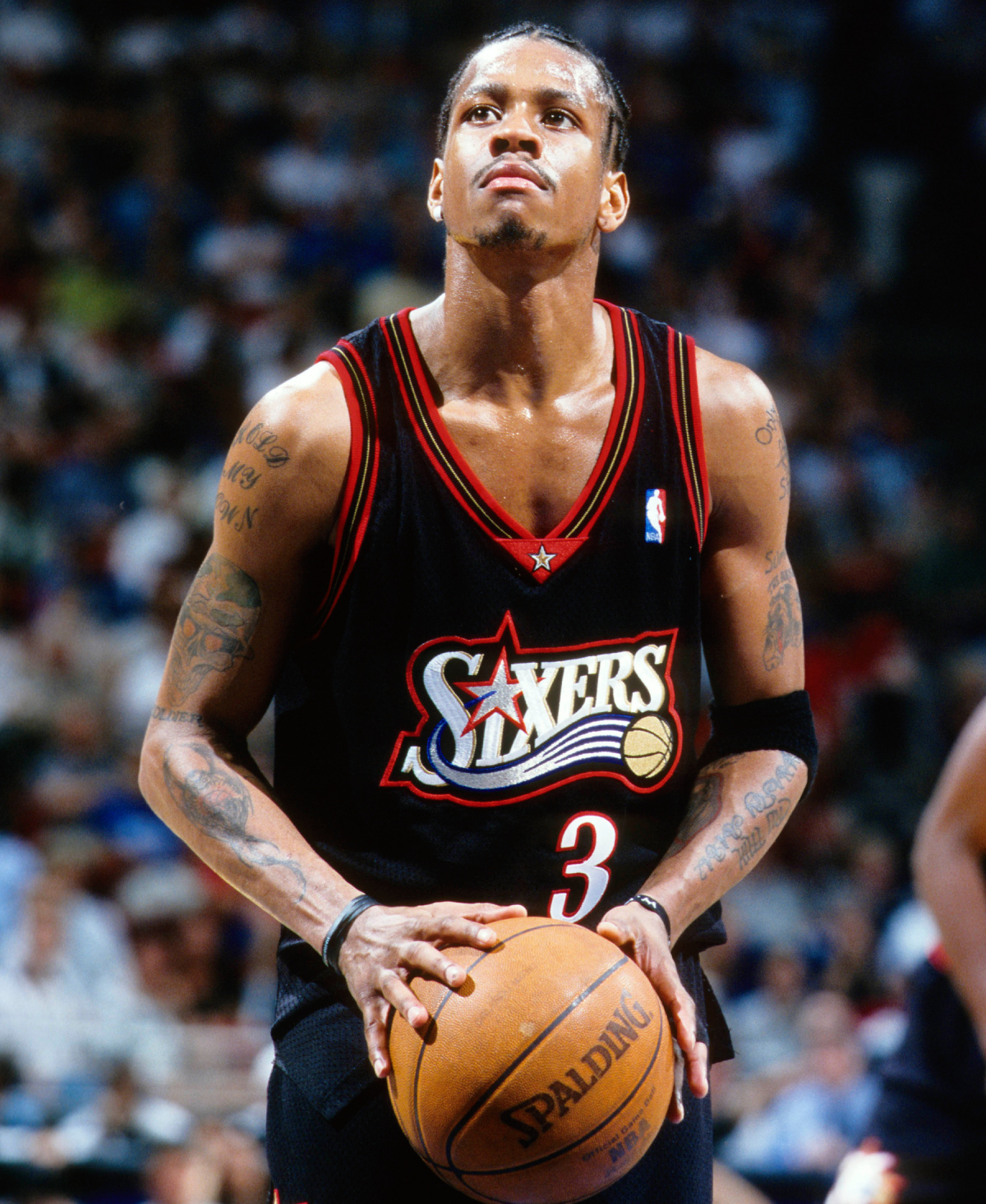
Played From 1996 to 2011 season
Perfect Era: 2010s – Present
Allen Iverson, famously known as “The Answer,” brought a fearless and electrifying style of play to the NBA. Standing at just 6 feet tall, Iverson defied the odds by dominating the league with his speed, agility, and scoring prowess. In an era marked by physicality and defensive intensity, Iverson’s small stature often seemed like a disadvantage. However, his relentless driving ability, deadly crossover dribble, and acrobatic finishes at the rim made him virtually unstoppable.
While Iverson’s style of play made him a cultural icon and one of the most exciting players to watch, it’s in today’s NBA that his skills would truly shine. In the current era, characterized by an emphasis on perimeter scoring and individual playmaking, Iverson’s skill set would be perfectly suited. With rule changes favoring offensive players and an increased reliance on pick-and-roll and isolation basketball, Iverson’s ability to create shots for himself and others would be even more valuable.
Throughout his illustrious career, Iverson amassed impressive statistics, averaging 26.7 points, 3.7 rebounds, 6.2 assists, 2.2 steals, and 0.2 blocks per game. His impact extended beyond the stat sheet, as he carried his teams with an unmatched intensity and competitive spirit. Iverson’s accolades speak to his greatness, including an NBA Most Valuable Player award in 2001, 11 All-Star selections, and NBA Rookie of the Year honors in 1997.
While Iverson’s career may have thrived in any era, the current NBA landscape would provide him with the perfect stage to showcase his extraordinary talents. In a league that values individual creativity and offensive firepower, Allen Iverson’s legacy as one of the greatest scorers and playmakers in NBA history would undoubtedly endure.
3. Ray Allen
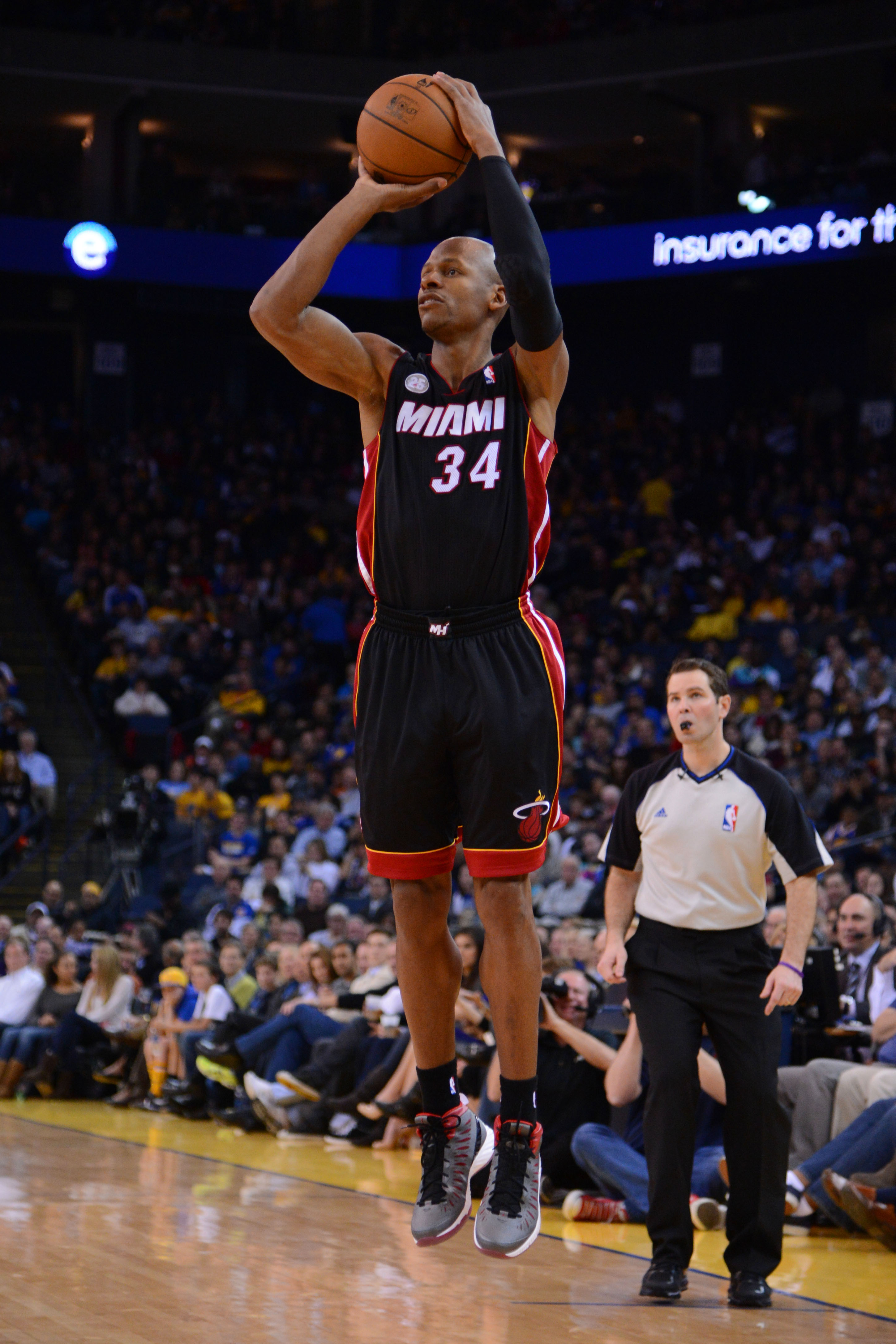
Played From 1996 to 2014 season
Perfect Era: 2020s
Ray Allen, often regarded as one of the greatest shooters in NBA history, was a trailblazer for the modern perimeter-oriented game. Throughout his career, Allen showcased unparalleled shooting prowess, knocking down three-pointers with deadly accuracy and consistency. Standing at 6’5″, Allen possessed a smooth shooting stroke and a quick release, making him a constant threat from beyond the arc.
While Allen enjoyed tremendous success during his playing days, it’s in today’s NBA that his style of play would be most appreciated. In the current era, characterized by the three-point revolution and an emphasis on floor spacing, Allen’s ability to stretch the floor and create spacing for his teammates would be invaluable. With offenses increasingly relying on perimeter shooting and ball movement, Allen’s skill set would fit seamlessly into the modern game.
Over the course of his career, Allen compiled impressive statistics, averaging 18.9 points, 4.1 rebounds, 3.4 assists, 1.1 steals, and 0.2 blocks per game. However, it was his impact beyond the numbers that truly set him apart. Allen’s clutch shooting in pressure situations earned him the nickname “Jesus Shuttlesworth” and solidified his legacy as one of the most clutch performers in NBA history.
Allen’s accolades speak to his greatness, including two NBA championships, ten All-Star selections, and induction into the Naismith Memorial Basketball Hall of Fame in 2018. While he excelled in an era that valued his shooting ability, it’s clear that Ray Allen’s style of play would have been even more celebrated in today’s perimeter-centric NBA. His legacy as a sharpshooter and floor spacer continues to influence the game to this day.
4. Andre Drummond
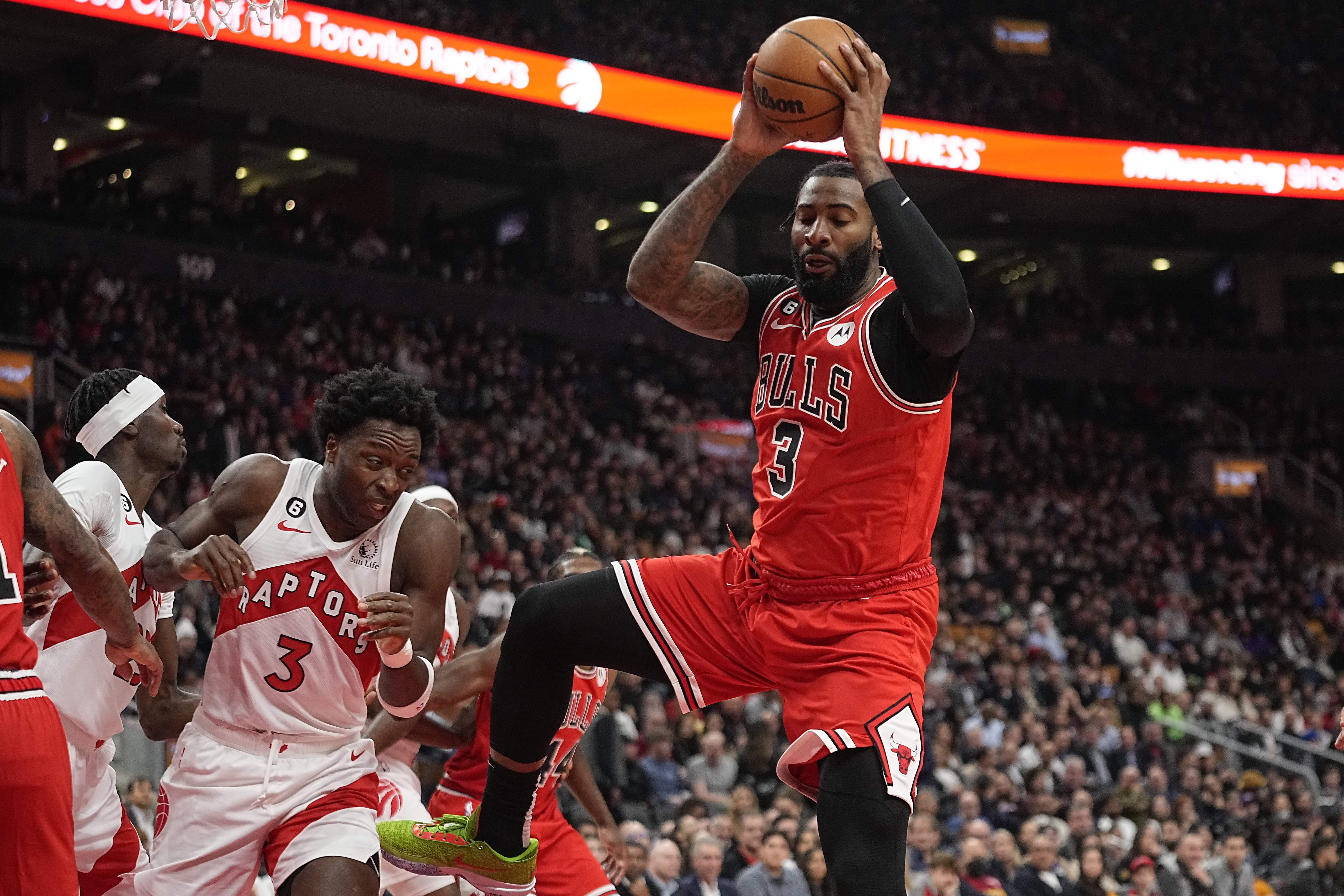
Played From 2012 to Present
Perfect Era: 1990s – Early 2000s
Andre Drummond is a throwback to the traditional big men of the past, with his dominant presence in the paint and exceptional rebounding skills. Standing at 6’10” and weighing over 250 pounds, Drummond possesses the size and strength to impose his will in the post, reminiscent of the dominant centers of the 1990s and early 2000s. His style of play, characterized by rim protection, post scoring, and relentless rebounding, harkens back to an era when teams relied heavily on their big men to control the paint.
While Drummond has found success in the modern NBA, it’s in the earlier era of the 1990s and early 2000s that his style of play would have been even more impactful. During that time, the league featured more traditional big men who operated primarily in the paint, allowing Drummond to thrive as a dominant force in the low post. His ability to grab offensive rebounds, protect the rim, and finish strong around the basket would have made him a perfect fit for the physical style of play that defined that era.
Throughout his career, Drummond has posted impressive statistics, averaging 12.8 points, 12.4 rebounds, 1.4 assists, 1.3 steals, and 1.3 blocks per game. His rebounding prowess, in particular, has made him one of the most dominant forces on the boards in recent memory. Drummond’s accolades include two All-Star selections and two NBA rebounding titles, highlighting his impact on the game.
5. Jahlil Okafor
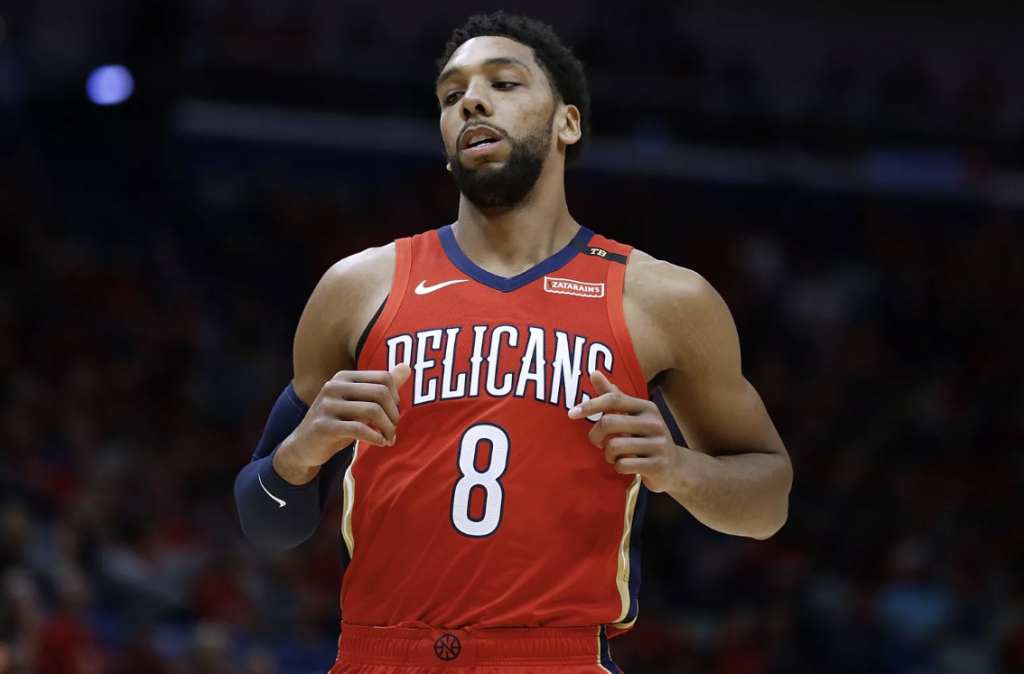
Played From 2015 to 2021
Perfect Era: 1980s – 1990s
Jahlil Okafor is a throwback to the classic back-to-the-basket big men of the past, with his polished post moves and scoring ability in the paint. Standing at 6’10” and possessing excellent footwork and touch around the basket, Okafor’s style of play is reminiscent of dominant centers from the 1980s and 1990s. In an era where the game has increasingly shifted towards perimeter-oriented play and stretch big men, Okafor’s skill set as a traditional low-post scorer stands out.
While Okafor faced challenges adapting to the modern NBA, it was in the earlier era of the 1980s and 1990s that his style of play would have been most appreciated. During that time, the league featured a greater emphasis on post-play, with teams relying heavily on their big men to score in the paint. Okafor’s ability to establish position on the block, utilize a variety of post moves, and finish around the rim would have made him a valuable asset in an era dominated by traditional centers.
Throughout his career, Okafor showed flashes of his scoring prowess, averaging 10.4 points, 4.7 rebounds, 0.9 assists, 0.3 steals, and 0.8 blocks per game. While injuries and changes in playing style impacted his productivity, Okafor’s potential as a low-post scorer was once evident.
While the modern NBA continues to evolve, Jahlil Okafor’s throwback style of play serves as a reminder of the game’s rich history. While he may face challenges in today’s perimeter-oriented game, Okafor’s skill set would have been highly valued in the earlier era of the NBA, where dominant big men roamed the paint and post-play was king.
6. Steve Kerr
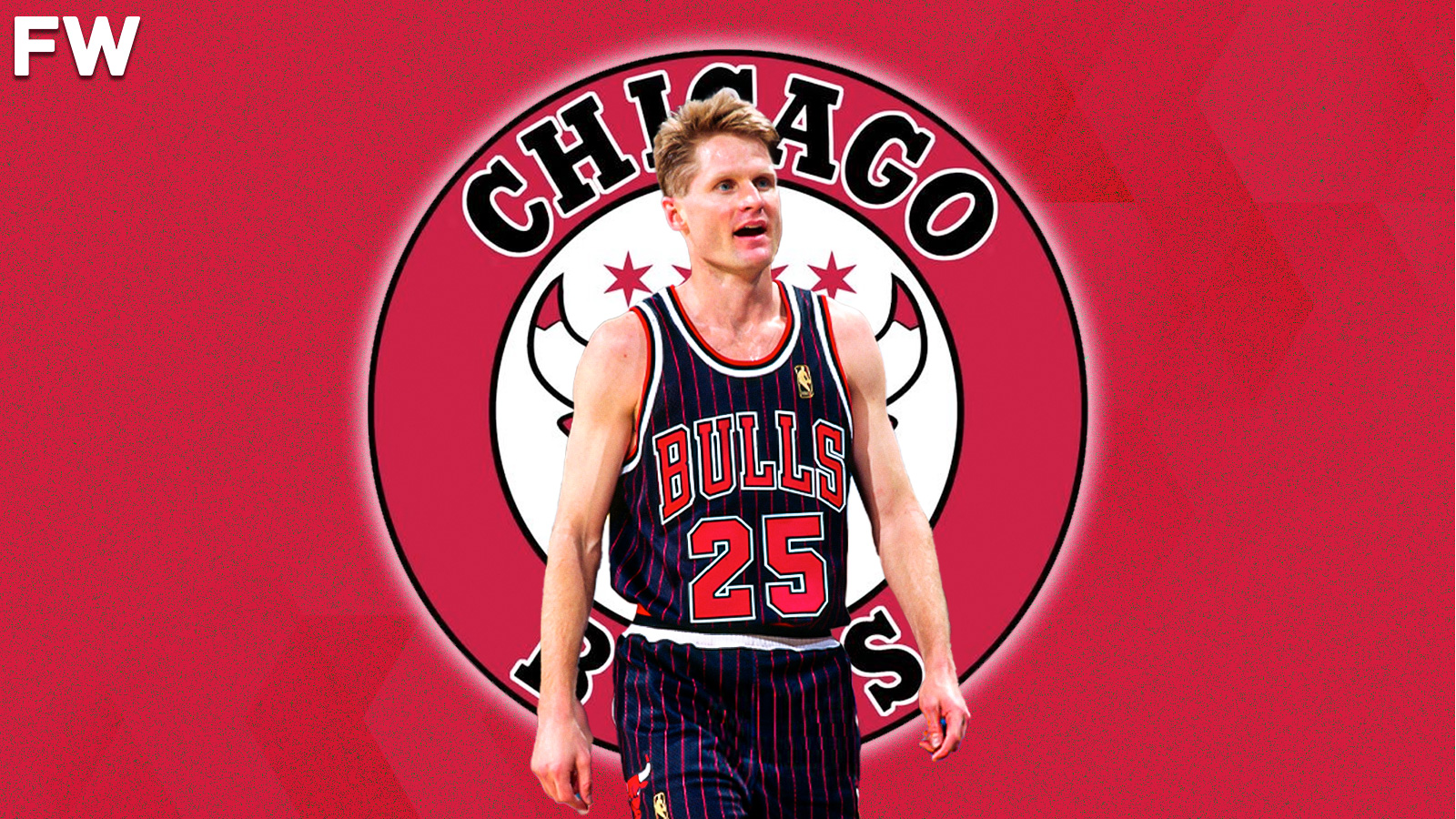
Played From 1988 to 2003 season
Perfect Era: 2010s – Present
Steve Kerr, renowned for his sharpshooting and high basketball IQ, was a player ahead of his time. Standing at 6’3″, Kerr made a name for himself as one of the deadliest three-point shooters in NBA history, boasting a career three-point shooting percentage of 45.4%. While Kerr found success in the era in which he played, it’s in today’s NBA, characterized by a premium on three-point shooting and floor spacing, that his skill set would be most coveted.
During his playing days, Kerr was known for his ability to come off screens and knock down shots from beyond the arc with remarkable efficiency. In an era where the three-point shot wasn’t as heavily emphasized, Kerr’s shooting prowess often went underappreciated. However, in today’s NBA, where teams are built around perimeter shooting and ball movement, Kerr’s ability to stretch the floor and create spacing would be invaluable.
Throughout his career, Kerr averaged 6.0 points, 1.2 rebounds, and 1.8 assists per game. While his numbers may not jump off the stat sheet, Kerr’s impact on the game extended beyond his individual statistics. He was a key contributor to several championship-winning teams, showcasing his ability to thrive in pressure situations and knock down crucial shots when it mattered most.
After retiring as a player, Kerr transitioned to coaching and found even greater success, leading the Golden State Warriors to multiple NBA championships. His understanding of the game and ability to innovate on offense have solidified his legacy as one of the greatest basketball minds of his generation. While Kerr’s playing career may have been overshadowed by his coaching achievements, there’s no denying that his sharpshooting and basketball IQ would have made him a perfect fit for today’s perimeter-oriented NBA.
7. Ben Simmons
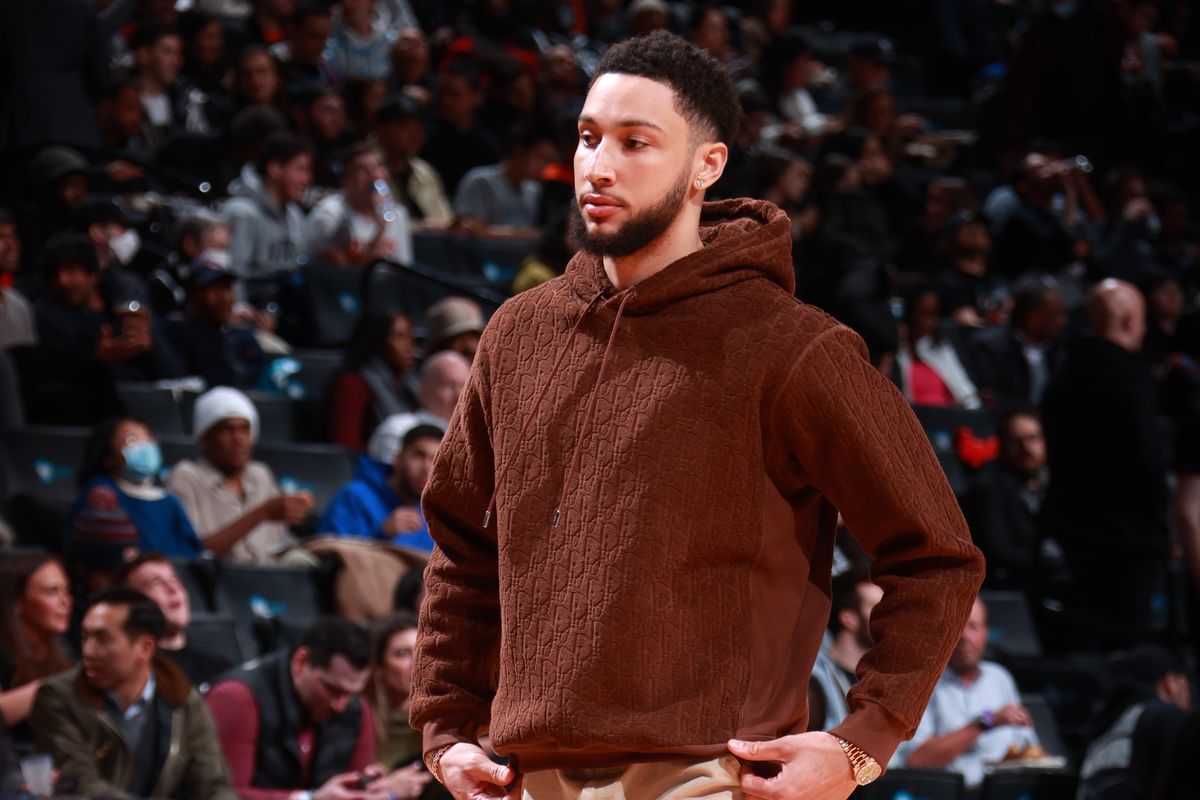
Played From 2017 to Present
Perfect Era: 1980s – 1990s
Ben Simmons, with his unique blend of size, athleticism, and playmaking ability, would have been a formidable force in the NBA of the 1980s and 1990s. Standing at 6’10” with exceptional ball-handling skills and court vision, Simmons has redefined the point forward position in today’s game. However, it’s in the earlier era of the NBA that Simmons’ skill set would have truly flourished.
In the 1980s and 1990s, the league featured a more traditional style of play, with an emphasis on physicality and half-court offense. Point forwards like Magic Johnson and Scottie Pippen thrived during this time, utilizing their size and passing ability to create mismatches and control the game. Simmons, with his ability to handle the ball, drive to the basket, and find open teammates, would have been a natural fit in this era.
Throughout his career, Simmons has showcased his versatility, averaging 14.4 points, 7.9 rebounds, 5.7 assists, and 1.6 steals per game. While his shooting ability has been a subject of criticism, his impact on the game extends far beyond scoring. Simmons’ ability to facilitate offense, defend multiple positions, and push the pace in transition make him a valuable asset to any team.
In today’s NBA, characterized by a faster pace and emphasis on three-point shooting, Simmons’ lack of outside shooting can be seen as a limitation. However, in the earlier era of the NBA, where half-court offense and physicality were paramount, Simmons’ skill set would have been perfectly suited.
8. Andrei Kirilenko
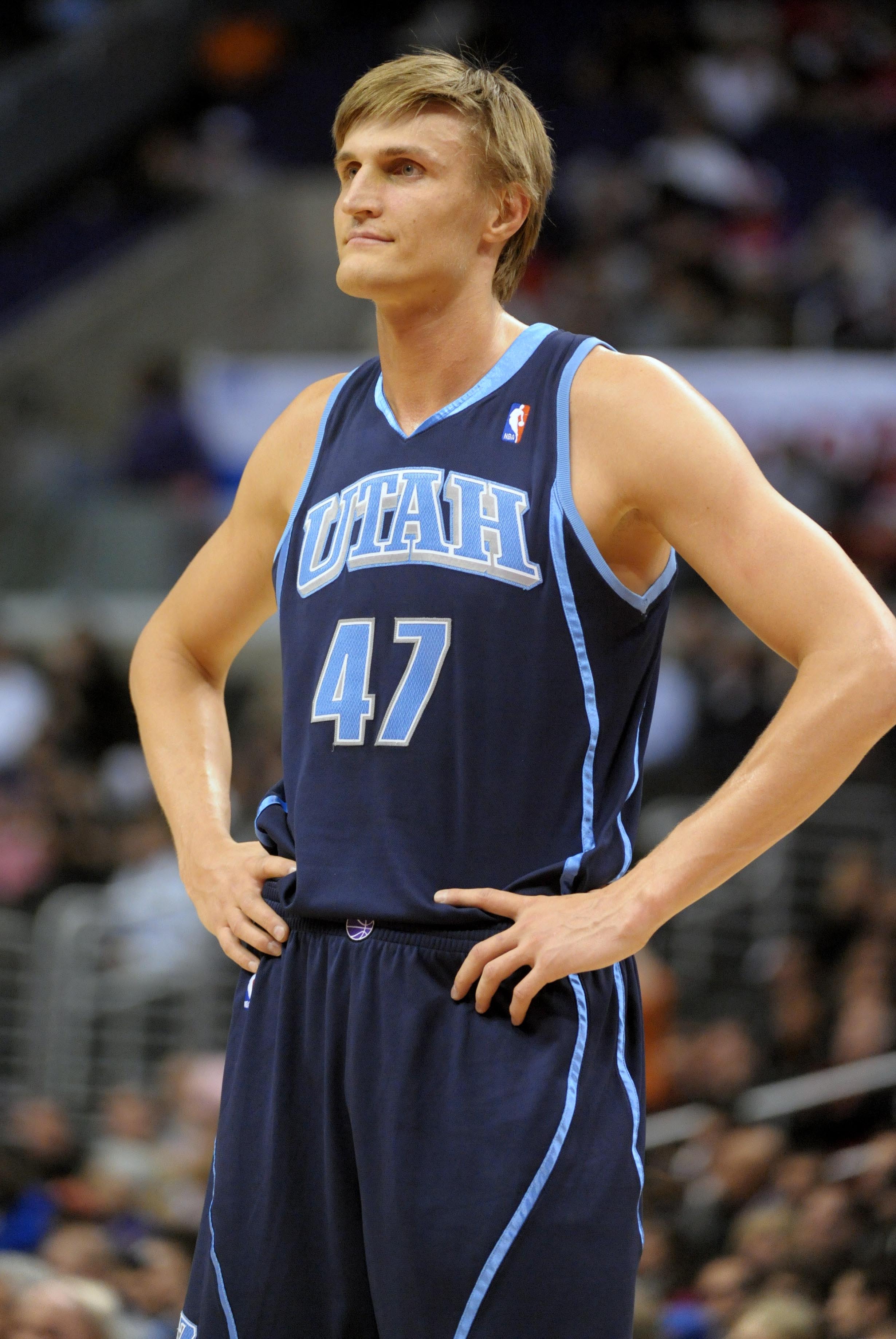
Played From 2001 to 2015 season
Perfect Era: 2020s
Andrei Kirilenko, with his versatile skill set and defensive prowess, would have been a perfect fit for today’s NBA. Standing at 6’9″ with exceptional athleticism and basketball IQ, Kirilenko possessed the ability to impact the game on both ends of the floor. In the modern era of the NBA, characterized by positionless basketball and an emphasis on perimeter shooting, Kirilenko’s skill set as a forward with shooting, defense, and versatility would be highly valued.
On offense, Kirilenko would excel as a stretch forward, capable of knocking down three-pointers and stretching the floor for his team. His smooth shooting stroke and ability to score from beyond the arc would make him a valuable asset in today’s perimeter-oriented game. Additionally, Kirilenko’s ability to drive to the basket, finish at the rim, and facilitate offense for his teammates would add another dimension to his team’s offensive attack.
Defensively, Kirilenko would be a disruptive force, capable of guarding multiple positions and wreaking havoc on opposing offenses. His length, athleticism, and defensive instincts would allow him to excel as a perimeter defender, while his shot-blocking ability would provide rim protection for his team. Kirilenko’s versatility on defense would make him a valuable asset in today’s switch-heavy defensive schemes, where players are expected to guard multiple positions.
Throughout his career, Kirilenko showcased his versatility and impact on both ends of the floor, averaging 11.8 points, 5.5 rebounds, 2.7 assists, 1.4 steals, and 1.8 blocks per game. His ability to contribute in various facets of the game would make him a valuable asset to any team in today’s NBA, where versatility and two-way play are highly prized.
9. Arvydas Sabonis
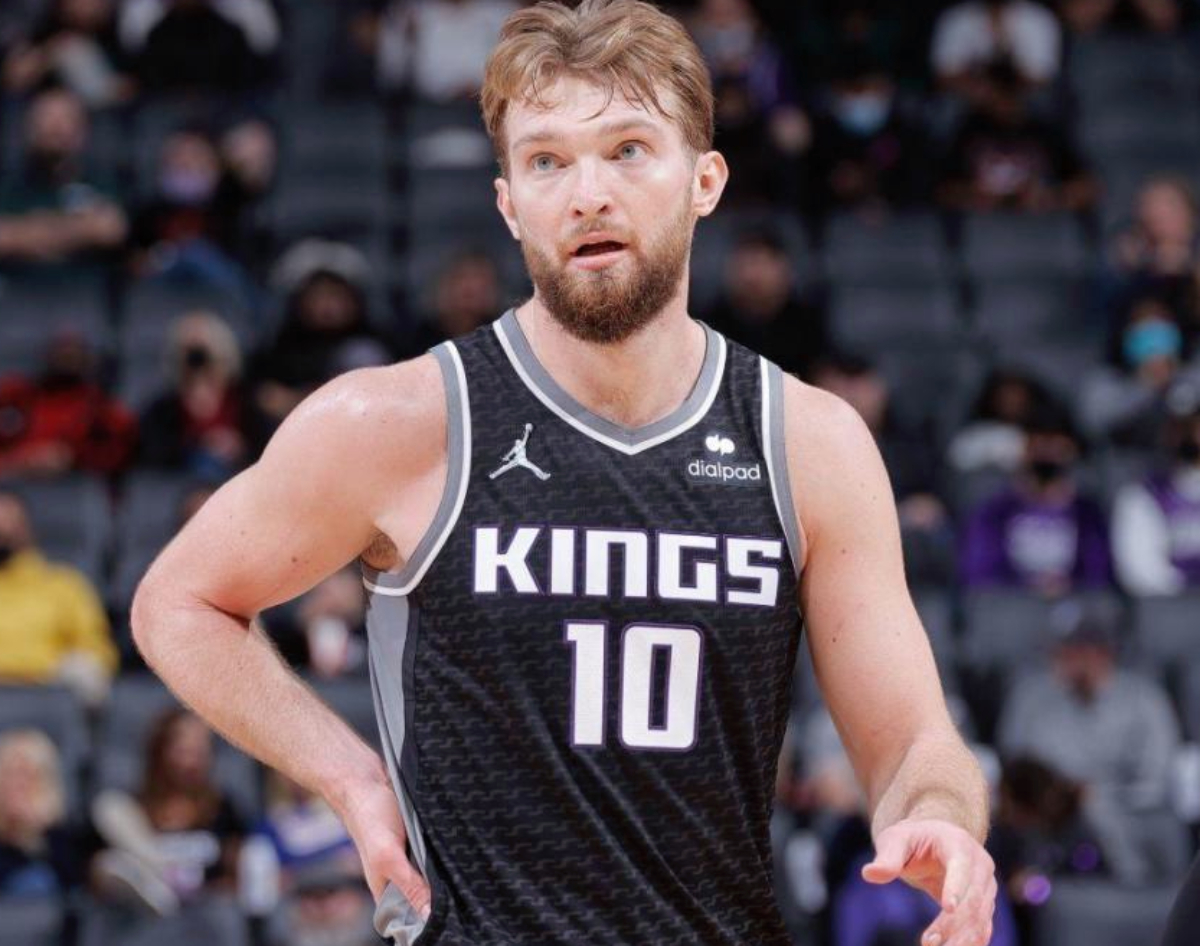
Played From 1995 to 2003 season
Perfect Era: 2010s – 2020s
Arvydas Sabonis, with his exceptional passing, shooting touch, and basketball IQ, would have been a transformative player in the NBA of the 2010s and 2020s. Standing at 7’3″ with remarkable skill for his size, Sabonis possessed the ability to dominate the game as a versatile big man. In the modern era of the NBA, characterized by skilled big men who can stretch the floor and facilitate offense, Sabonis’ skill set would be highly coveted.
On offense, Sabonis would excel as a playmaking center, capable of orchestrating the offense and creating scoring opportunities for his teammates. His exceptional passing ability and court vision would make him a valuable asset in today’s pick-and-roll and motion offenses. Additionally, Sabonis’ shooting touch and ability to score from inside and outside the paint would provide versatility to his team’s offensive attack.
Defensively, Sabonis would use his size and basketball IQ to anchor the paint and protect the rim. While not known for his athleticism, Sabonis’ positioning and timing would allow him to contest shots and disrupt opposing offenses. His ability to rebound the ball and start fast breaks would add another dimension to his team’s transition offense.
Throughout his career, Sabonis showcased his versatility and impact on the game, averaging 12.0 points, 7.3 rebounds, and 2.1 assists per game. His ability to contribute in various facets of the game would make him a valuable asset to any team in today’s NBA, where skilled big men are highly prized.
Moreover, Sabonis’ son, Domantas Sabonis, following in his father’s footsteps, has become an All-Star forward in the NBA, showcasing similar skills in passing, scoring, and rebounding. Additionally, Nikola Jokić, another skilled big man, has emerged as an All-Star and a pillar of his team, further demonstrating the value of versatile centers in today’s NBA.
10. Bill Russell
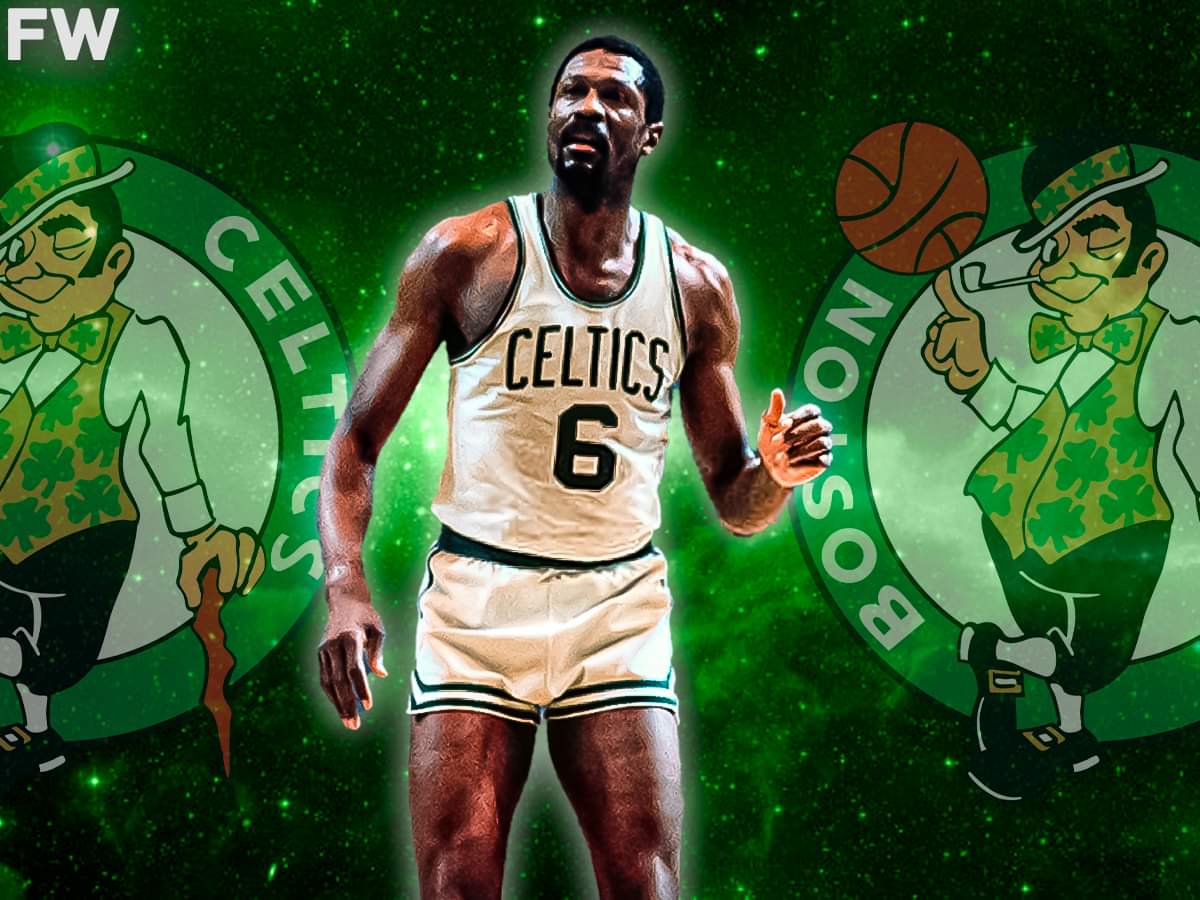
Played From 1956 to 1969 season
Perfect Era: 1980s – 1990s
Bill Russell, known for his defensive dominance, leadership, and championship pedigree, would have been a transformative player in the NBA of the 1980s and 1990s. Standing at 6’10” with exceptional athleticism and shot-blocking ability, Russell possessed the ability to anchor the defense and control the game with his presence in the paint. In an era where teams emphasized physicality and defense, Russell’s skill set as a defensive stalwart and winner would be highly valued.
Defensively, Russell would be a game-changer, capable of protecting the rim, contesting shots, and altering opponents’ scoring attempts. His exceptional timing, anticipation, and ability to read the game would make him a dominant force in the paint, deterring opponents from driving to the basket and finishing around the rim. Additionally, Russell’s leadership and ability to elevate his teammates’ defensive effort would make him a valuable asset to any team.
Offensively, while Russell was not known for his scoring prowess, his ability to contribute in other areas of the game would make him a valuable asset to his team’s offensive attack. His passing ability, particularly out of the post, would create scoring opportunities for his teammates and keep the offense flowing. Additionally, Russell’s ability to set screens, crash the boards, and hustle for loose balls would generate extra possessions for his team and create scoring opportunities.
Throughout his career, Russell showcased his defensive dominance and leadership, winning 11 NBA championships and earning recognition as one of the greatest winners in sports history. His ability to impact the game on both ends of the floor and make winning plays would make him a valuable asset to any team in the NBA of the 1980s and 1990s, where physicality and defense were paramount.

